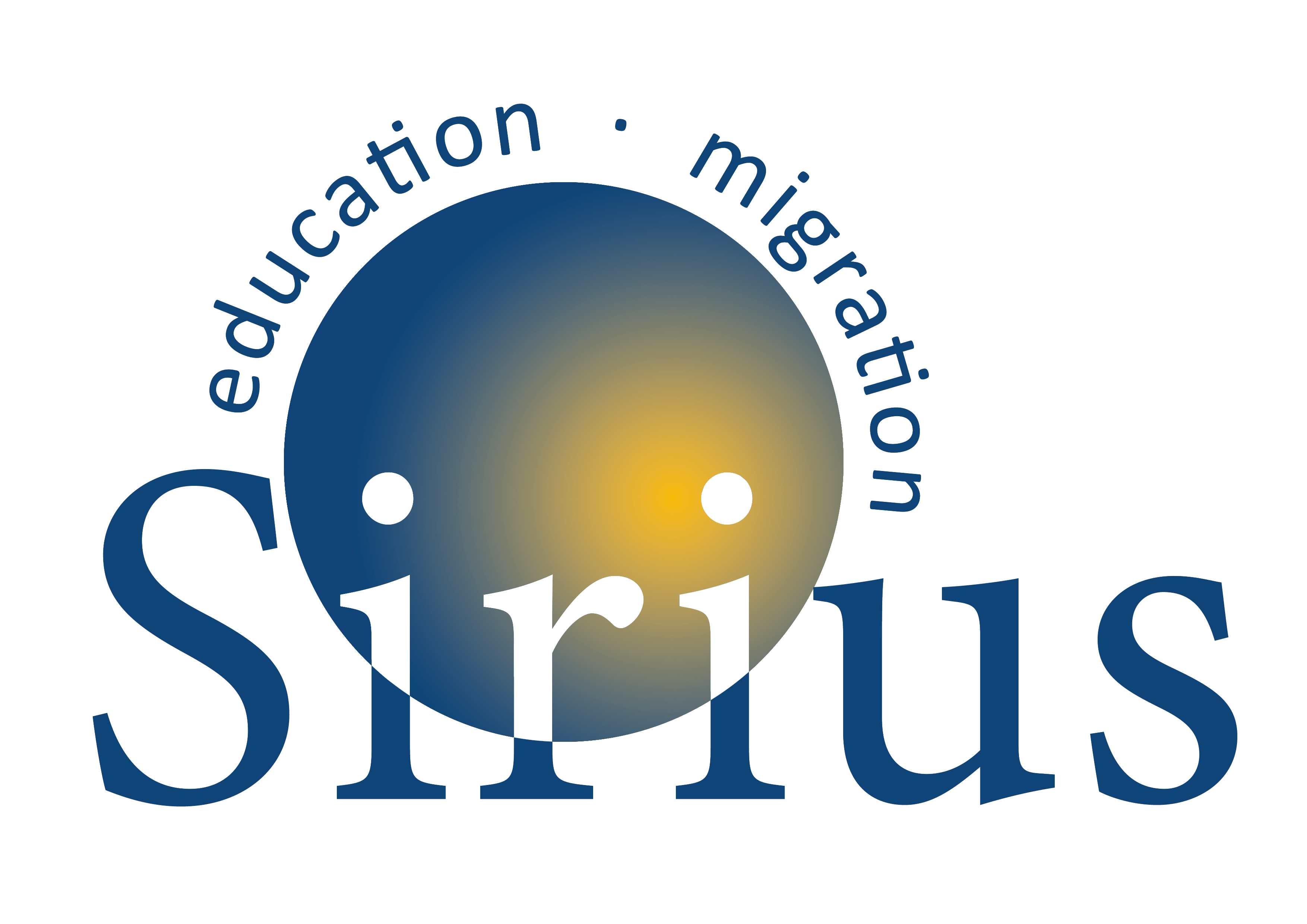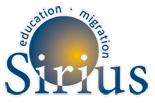Country brief
Country name: Republic of Ireland
Please estimate the number of children in school (age 3-19) in your country:
Total enrolments in primary school[1] (Sept. 2020): 553,003
Total enrolments in secondary school[2] (Sept. 2020): 379,183
Please estimate the number of school drop-outs in your country in the school year 2019/2020:
Number of early school leavers – started 5th year but did not sit LC (Leaving Certificate – secondary school graduation exams) in 6th (final year in secondary school) year: 2,823
Percentage of early school leavers – started 5th year but did not sit LC in 6th Year: 4.9%
Please estimate the average number of school drop-outs per year in the 5 school years previous to school year 2019/2020?
Early school leavers over time:
2015: 2974
2016: 2417
2017: 2486
2018: 2639
2019: 2823
Source: Department of Education
Did National exams or evaluation methods take place in academic year 2019/2020? And if so, for which levels?
The 2020 Leaving Certificate[3] examinations previously scheduled to start on 29 July 2020 were postponed. Students were offered Calculated Grades[4]. They also had the opportunity to sit the exams at a later stage when was safe to do so (late summer/early autumn).
The Junior Certificate[5] exams were cancelled and were replaced by school-based assessments and school exams early in the following academic year.
If national exams or evaluation methods did not take place, what is the replacement solution?
See above
If schools resumed before the summer of 2020, were any particular year groups or other groups identified to have more contact, if so which?
In Ireland all schools, colleges and childcare facilities closed on 12th of March 2020 in response to the coronavirus pandemic. All special schools and mainstream primary schools with special classes were invited to register for the summer school based programme. Summer provision (2 weeks, end of July/beginning of August) was also available for students identified by the DEIS[6] schools as in need of high-end support.
Summer Provision 2020[7] involved three strands with different options for parents, students and schools.
- In-school or home-based supports by teachers and SNAs to help prevent regression among children with special needs.
- An opportunity for all 890 DEIS schools to provide summer camps, including a numeracy and literacy programme for primary pupils and a programme of re-engagement for post-primary students.
Health Service Executive-led support. It will aim to provide summer camp type supports to up to 1,200 children with complex needs.
When school resumed in the Autumn of 2020, were any particular year groups or other groups identified to have more contact, if so which?
Reopening of schools and childcare facilities was built into the Irish Government’s strategy of reopening the society on phased basis.
Phase1 (start date: 18/05/2020) : Schools and colleges will be open for teachers to allow them to carry out remote learning.
Phase2 (08/06/2020): schools and childcare facilities closed
Phase3 (29/06/2020): childcare facilities will be permitted to look after children of essential workers.
Phase4 (20/07/2020): childcare facilities reopening for children of all workers on a gradually increasing phased basis, i.e. one day per week.
Phase5 (10/08/2020): a phased return to work across all sectors, including schools and childcare facilities. All schools were back by end of August/early September. To prepare for return to school, children with special educational needs and disadvantaged background availed of summer provision.
Access to education
What were the primary modes of learning implemented during the Covid-19 School closures?
- Online
- Pick-up/Send paper materials
- TV
Distance learning (learning online) was the primary mode of learning implemented by schools and teachers. Schools also sent hard copies of learning materials for students who were not able to access online options. Some TV programmes addressed the curricular needs of students.
Were the above measures put into place at a policy (national or regional level) or by schools and teachers?
- By schools and teachers
The Department of Education provided guidance for schools regarding online learning. Individual schools implemented recommendations based on their resources, skills, etc.
Information issued to schools: https://www.education.ie/en/The-Department/Announcements/information-for-schools-preschools-and-third-level-institutions-on-the-coronavirus.html#guidance
Support for schools and teachers engaged in distance learning: https://www.education.ie/en/Schools-Colleges/Information/National-Emergencies-Public-Health-Issues/scoilnet-and-pdst-letter-to-principals-130320.pdf
The full suite of documents provided by the Department to support schools at this time are available at the following links:
Reopening our primary and special schools:
https://www.gov.ie/en/publication/a0bff-reopening-our-primary-and-special-schools/
COVID-19 Response Plan for the safe and sustainable reopening of Primary and Special Schools: https://www.galwaydiocese.ie/sites/default/files/inline-files/Covid-19_Reopening-Schools_August-2020.pdf
Reopening our post primary schools:
https://www.gov.ie/en/publication/7acad-reopening-our-post-primary-schools
Please estimate Number or percentage of children in school (age 3-19) with access to:
- high-speed internet
- basic internet –
- TV –
- Radio –
- Computer, tablet or smart phone they could use during the day –
According to the information from the Central Statistics Office, in 2019 91% of Irish households have internet access. Darmody et al. (2020)[8] note that a small percentage (2%) of households do not have any access to the internet. Access to technology varies by social class; children growing up in higher social class families are significantly more likely to have access to a laptop or computer at home. Data from the Growing Up in Ireland study (2014) showed that 65% of Irish homes having two or more televisions and over 77% having a computer. 15% of Irish three-year-olds have a television or computer in their bedroom. Everri and Park (2018)[9] found that more than 60% of primary school children use tablets, computers, and games consoles to access the internet; older students use mainly smartphones (more than 90%), followed by computer and tablets.
What translation/interpretation resources/services are/were made available online for students and families from regional or national level?
Information is missing on this regarding information for migrant-origin parents. It may be down to individual schools to communicate with such parents regarding the move to online tuition.
Related information regarding materials available in foreign languages include:
Covid19-related information on a trade union website for workers: https://www.siptu.ie/media/covid-19-information/covid-19-migrantmembers/
Health Service Executive (HSE) Multilingual Resources and Translated Information: https://www.hse.ie/eng/about/who/primarycare/socialinclusion/about-social-inclusion/translation-hub/multilingual-resources-and-translated-material/
Some local initiatives received funding to provide online supports for parents: https://lec.ie/lec-centre-news/143-challenges-covid-19.html
What special or exceptional learning need supports are/were made available online for students and families from regional or national level?
For 2019/2020 €10m funding was issued to eligible primary and post-primary schools under the ICT Grant Scheme to support schools in their efforts to support students and teachers to engage with distant learning efforts. The funding assists in the purchase of ICT devices that can be shared with students with no access to devices, essential learning platforms and other ICT infrastructure to support the provision of remote learning. Second level schools were asked to focus on state examination students who may not have access to devices in the first instance. All devices purchased remain the property of the school.
Various online resources have been developed:
- Wellbeing advice and resources during COVID-19: https://www.gov.ie/en/publication/af24b-wellbeing-guidance-documents-for-parents-students-and-schools/
- Training and resource materials for schools: https://www.gov.ie/en/publication/dd7fb-induction-training-for-reopening-schools/
1] The compulsory school staring age in Ireland is 6. However, children from the age of 4 can be enrolled in infant classes in primary schools. Nearly 40% of 4-year-olds and virtually all 5-year-olds attend primary school, where early education is provided in infant classes.
[2] The post-primary or second-level/secondary education in Ireland caters for students aged 12 to 18 years. Attendance at school is compulsory for students aged under 16.
[3] Leaving Certificate is the final exam of the Irish secondary school system and the university matriculation examination in Ireland.
[4] A Calculated Grade is a grade that can be provided to students following the combination of school information about a student’s expected performance in an examination and national data available in relation to the performance of students in examinations over a period of time.
[5] Junior Certificate is an educational qualification awarded in Ireland by the Department of Education to students who have successfully completed the junior cycle of secondary education (lower secondary) and achieved a minimum standard in their Junior Certificate Examination.
[6] Delivering Equality of Opportunity in Schools (DEIS), the Action Plan for Educational Inclusion, was launched by the Department of Education and Skills in May 2005. The plan focuses on addressing the educational needs of children and young people from disadvantaged communities, from pre-school through second-level education (3 to 18 years). 852 Primary Level and Second Level Schools in Ireland are included in the DEIS initiative. 658 of these are Primary Schools while 194 are Secondary Schools.
[7] For more information see: https://www.gov.ie/en/press-release/cab14-government-announces-new-summer-provision-2020/
[8] Darmody, M., Smyth, E., Russell, H. (2020). IMPLICATIONS OF THE COVID-19 PANDEMIC FOR POLICY IN RELATION TO CHILDREN AND YOUNG PEOPLE: A RESEARCH REVIEW. Dublin: ESRI.
[9] Everri, M. & Park, K. (2018). Children’s online behaviours in Irish primary and secondary schools. Research report. Zeeko, NovaUCD, University College Dublin. Available online: https://zeeko.ie/wp-content/uploads/2018/06/ZEEKO-TREND-REPORT-.pdf

